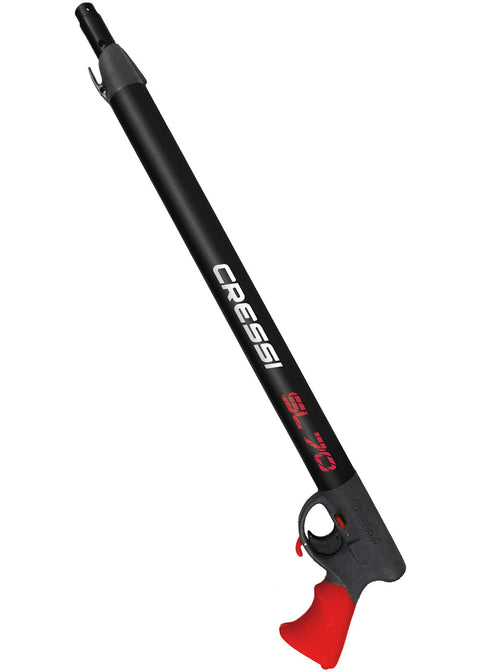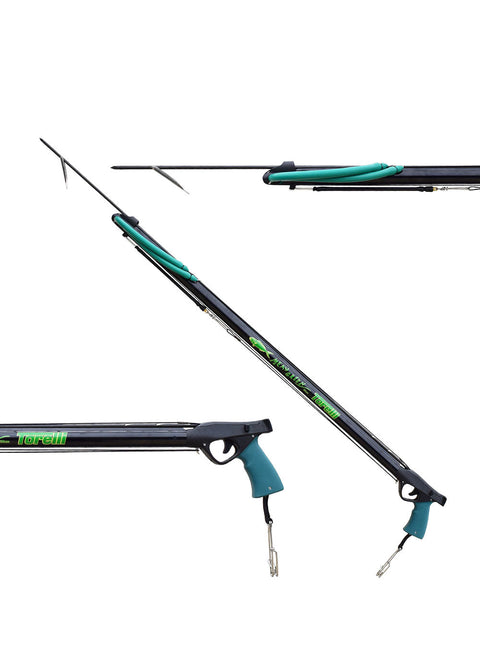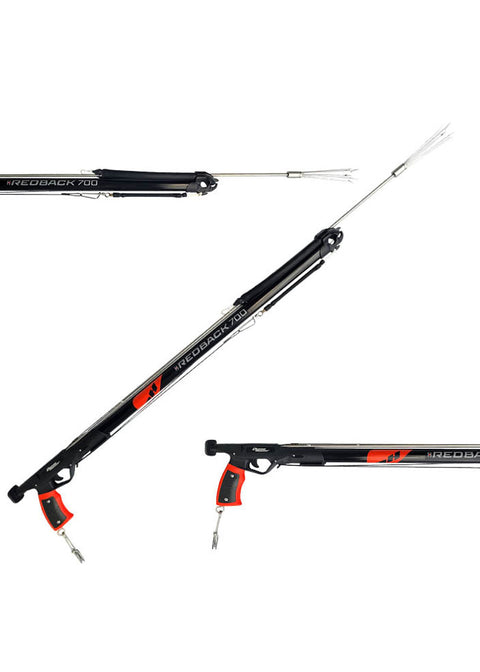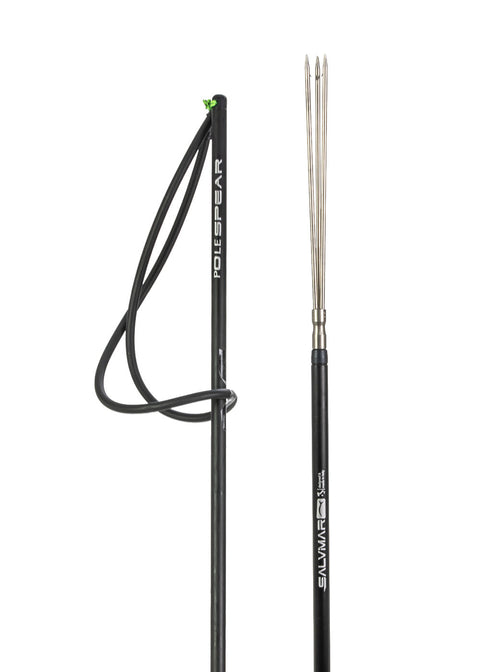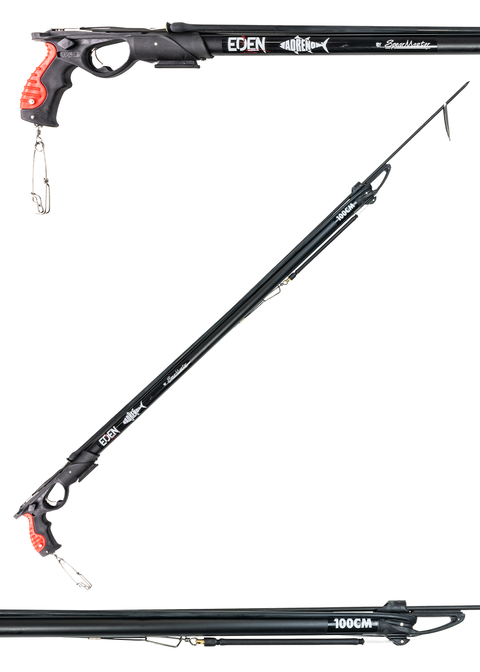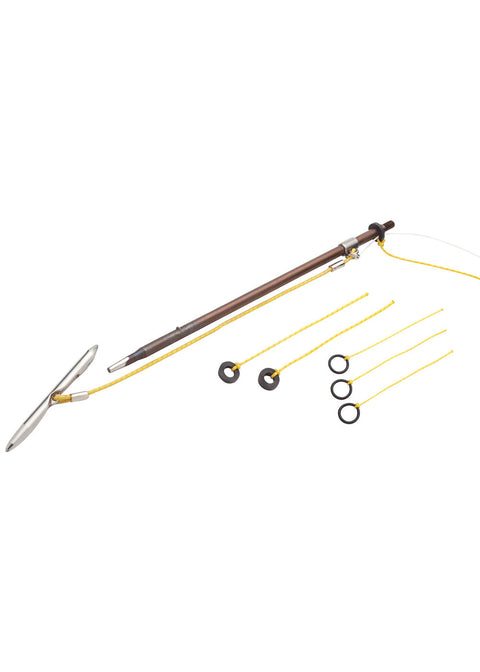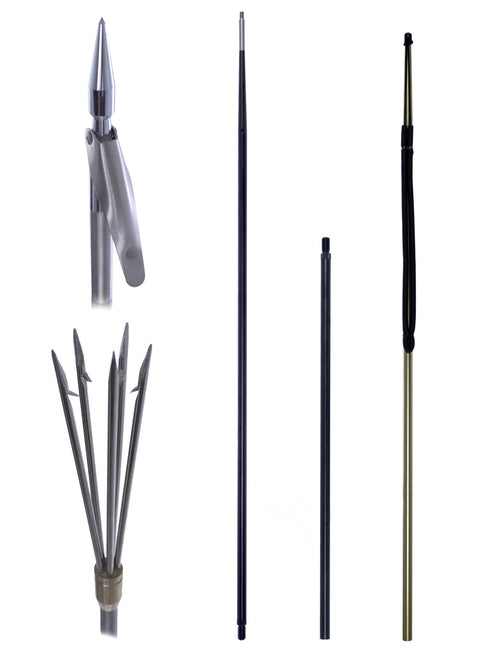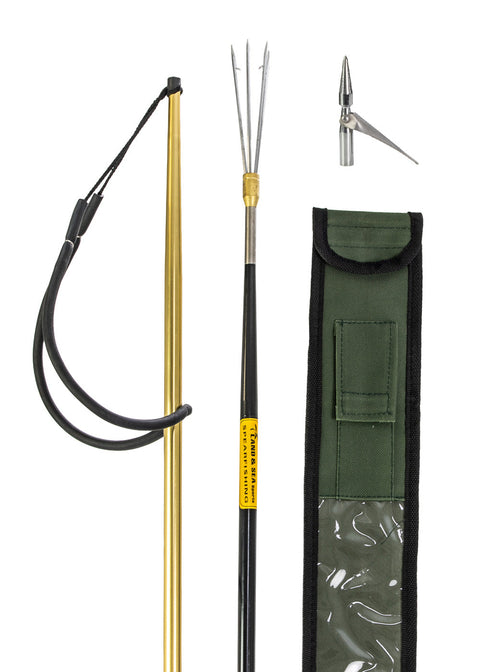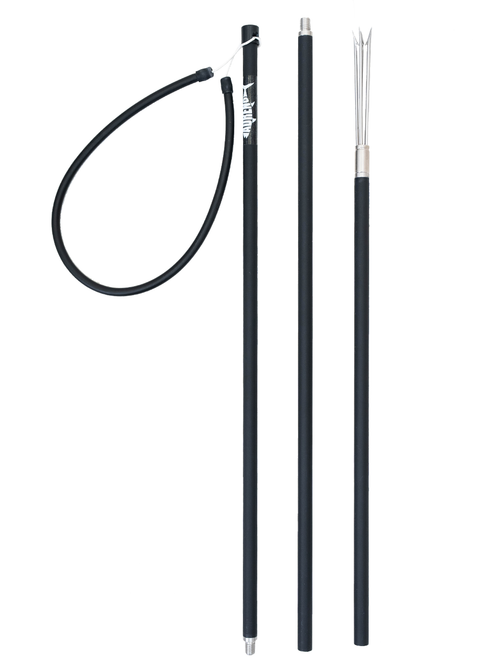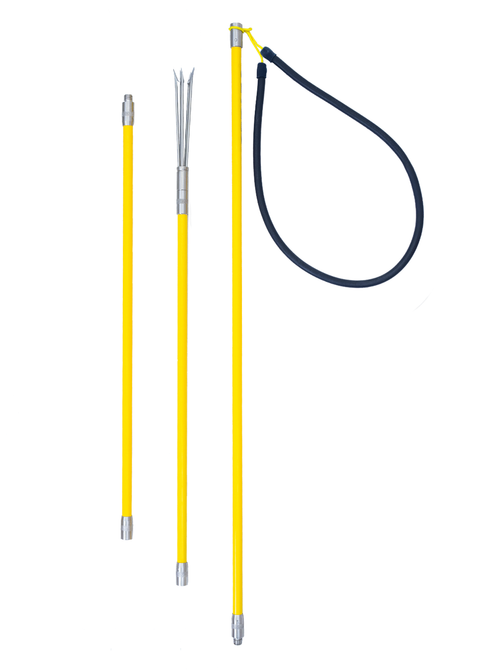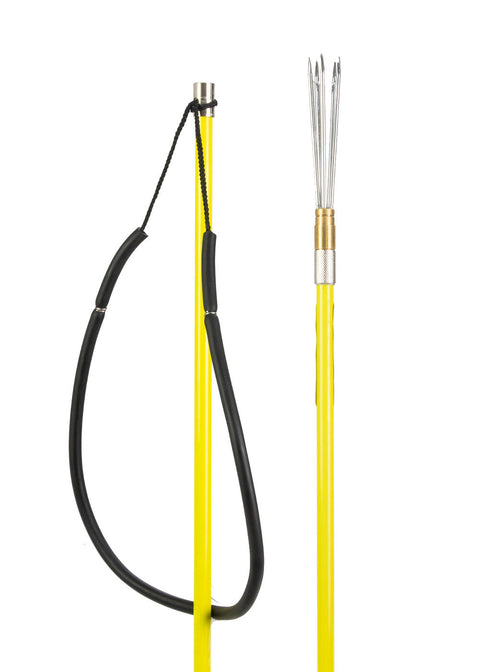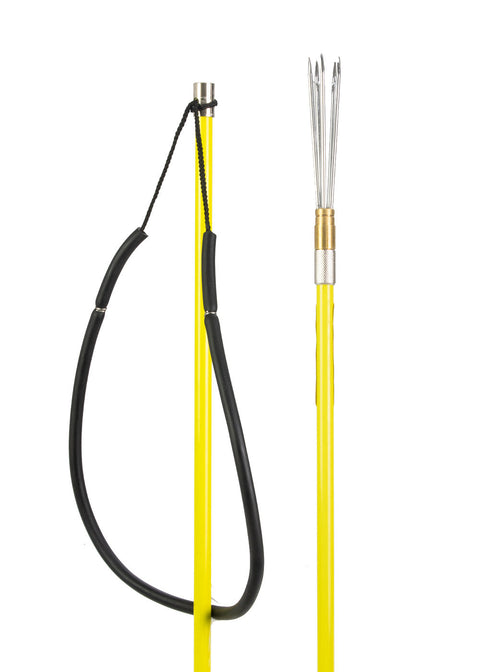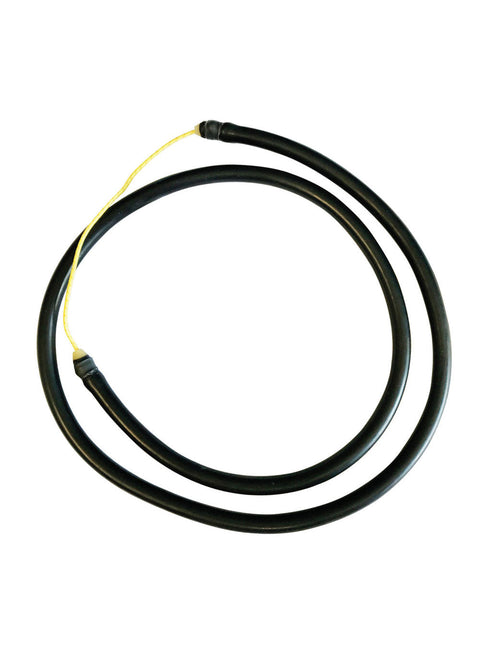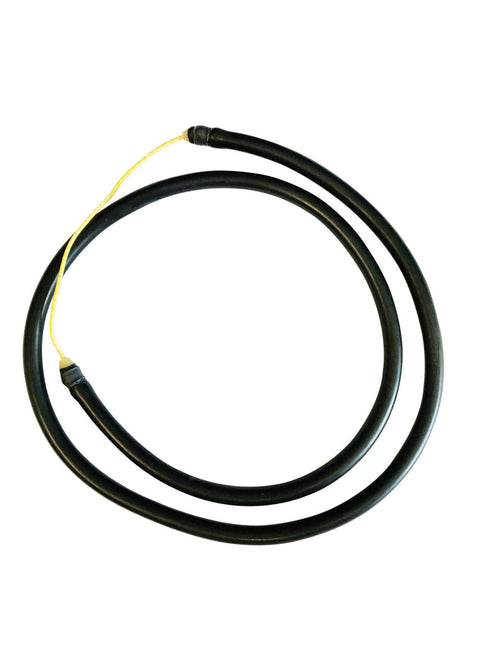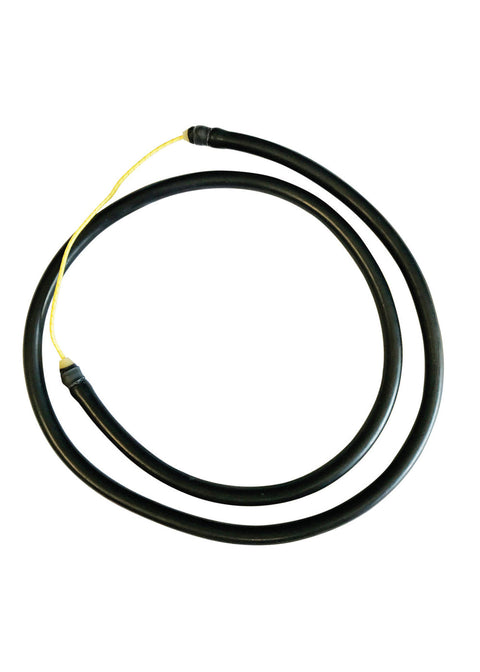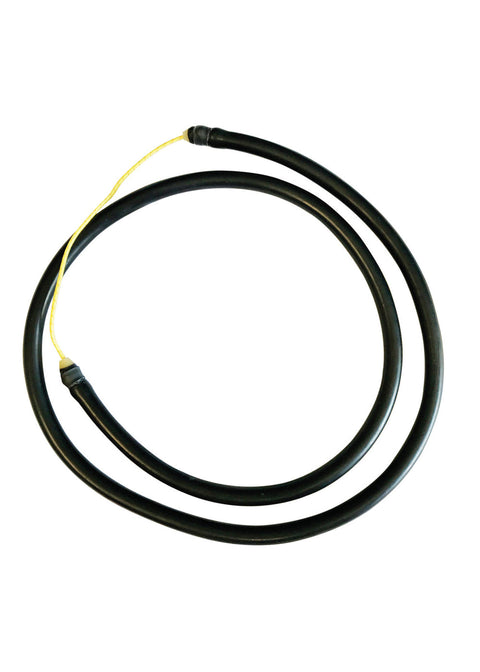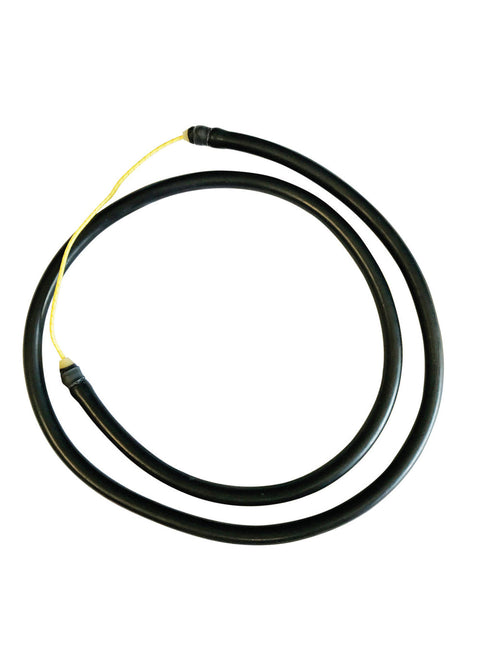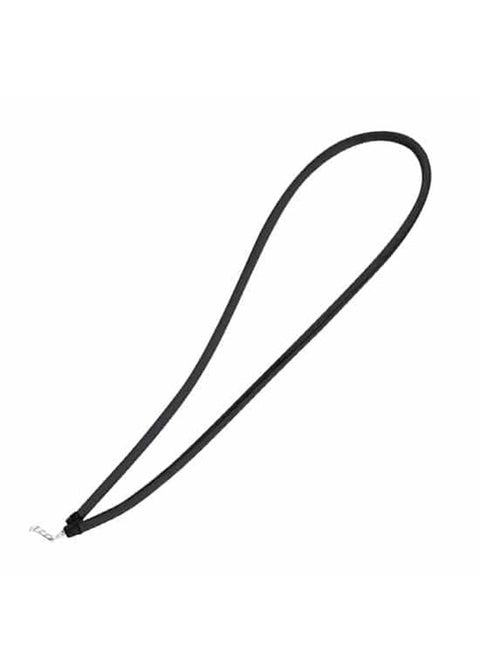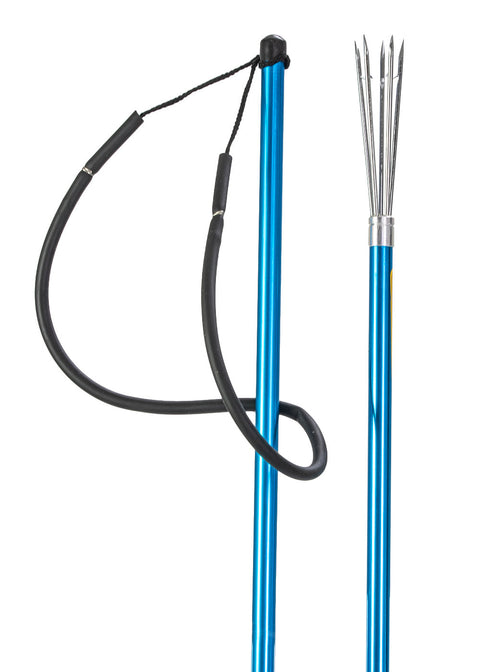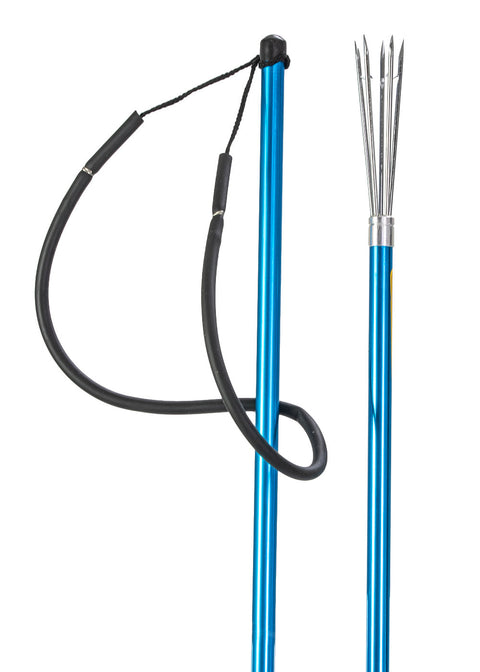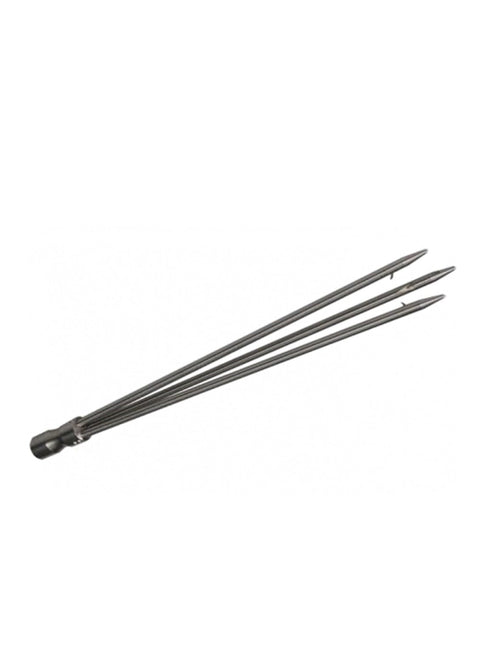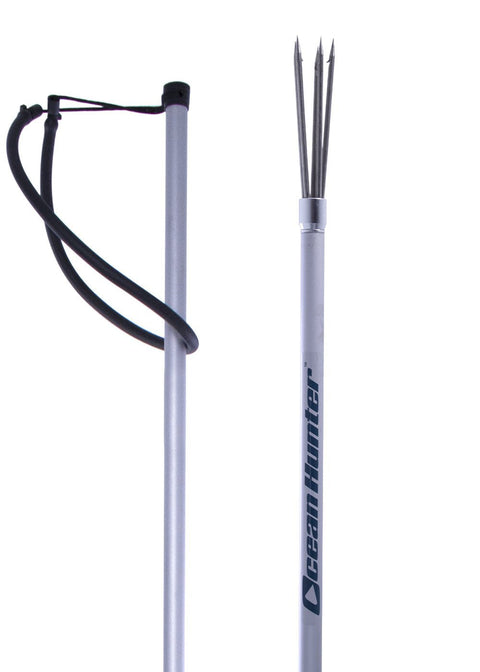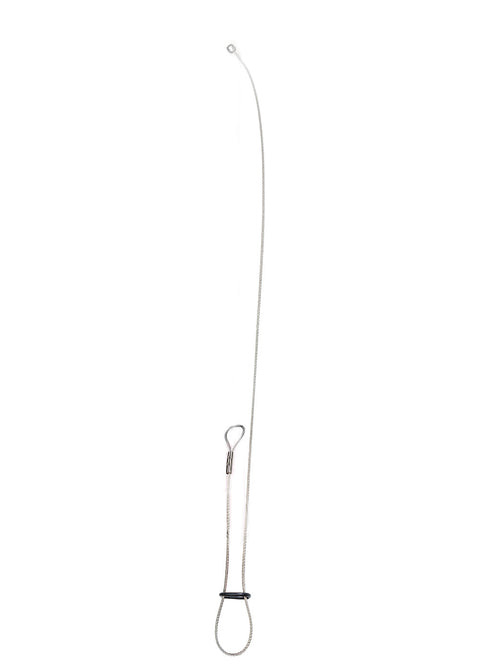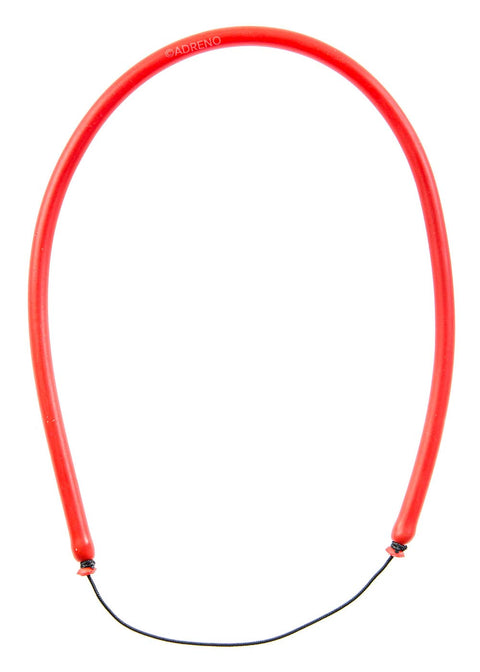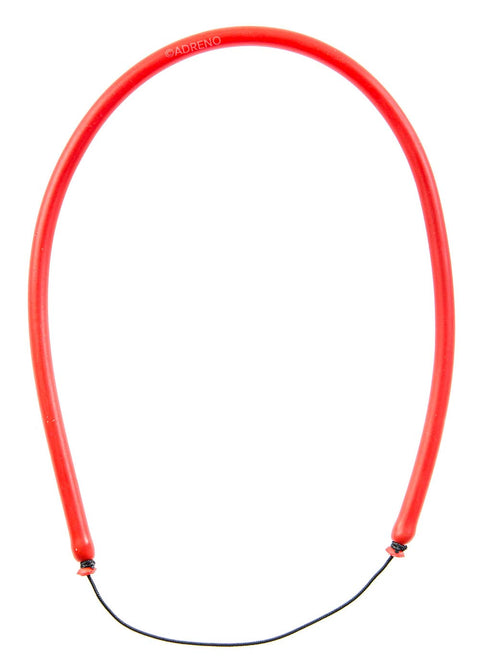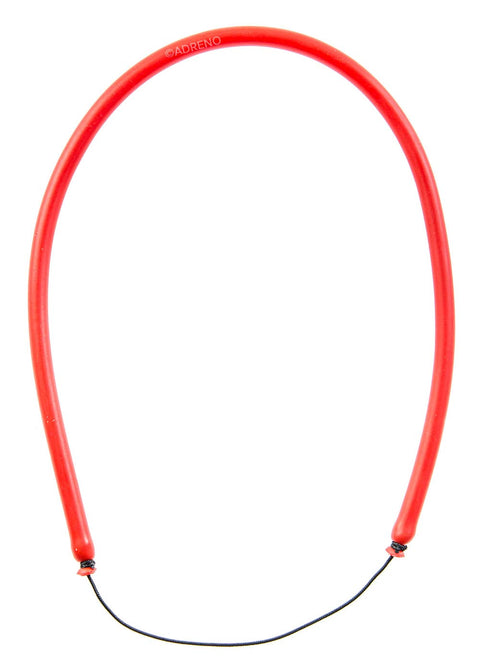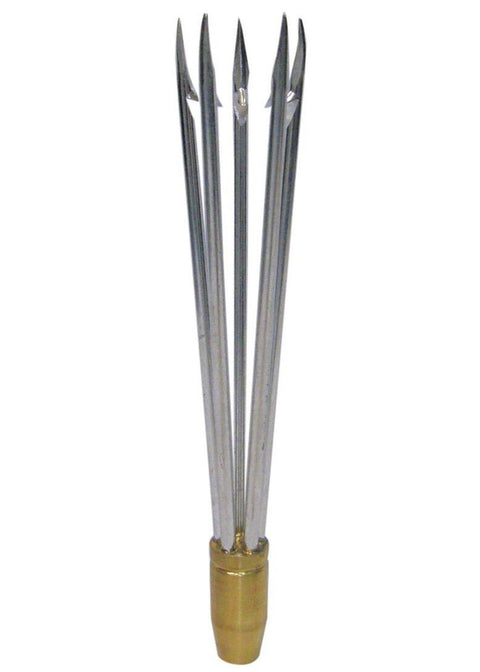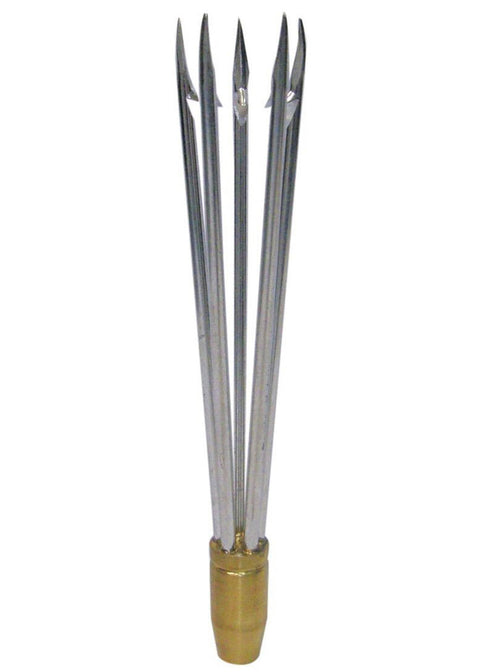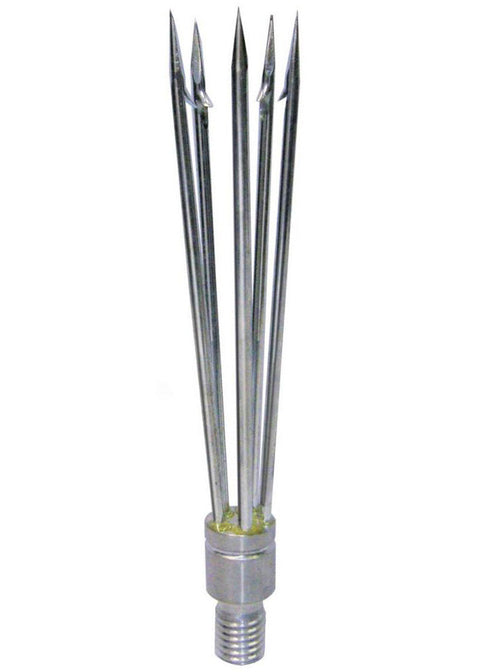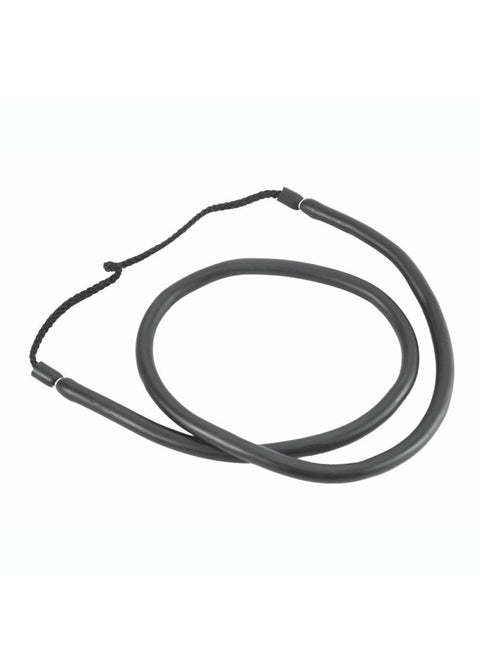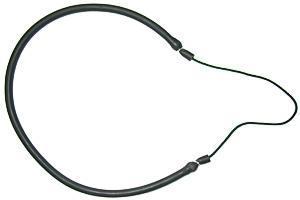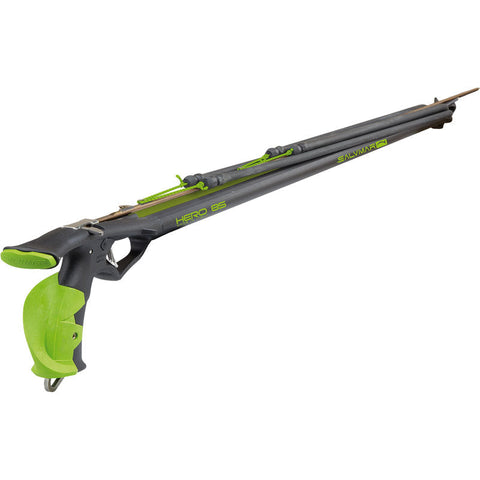Spearguns
Choosing the best speargun for Australian diving is a tough choice because it implies you're looking to buy a single spear gun and we all know that isn't the case. In saying that the decision of which one to buy, regardless of your intended quiver size, is always... Read More
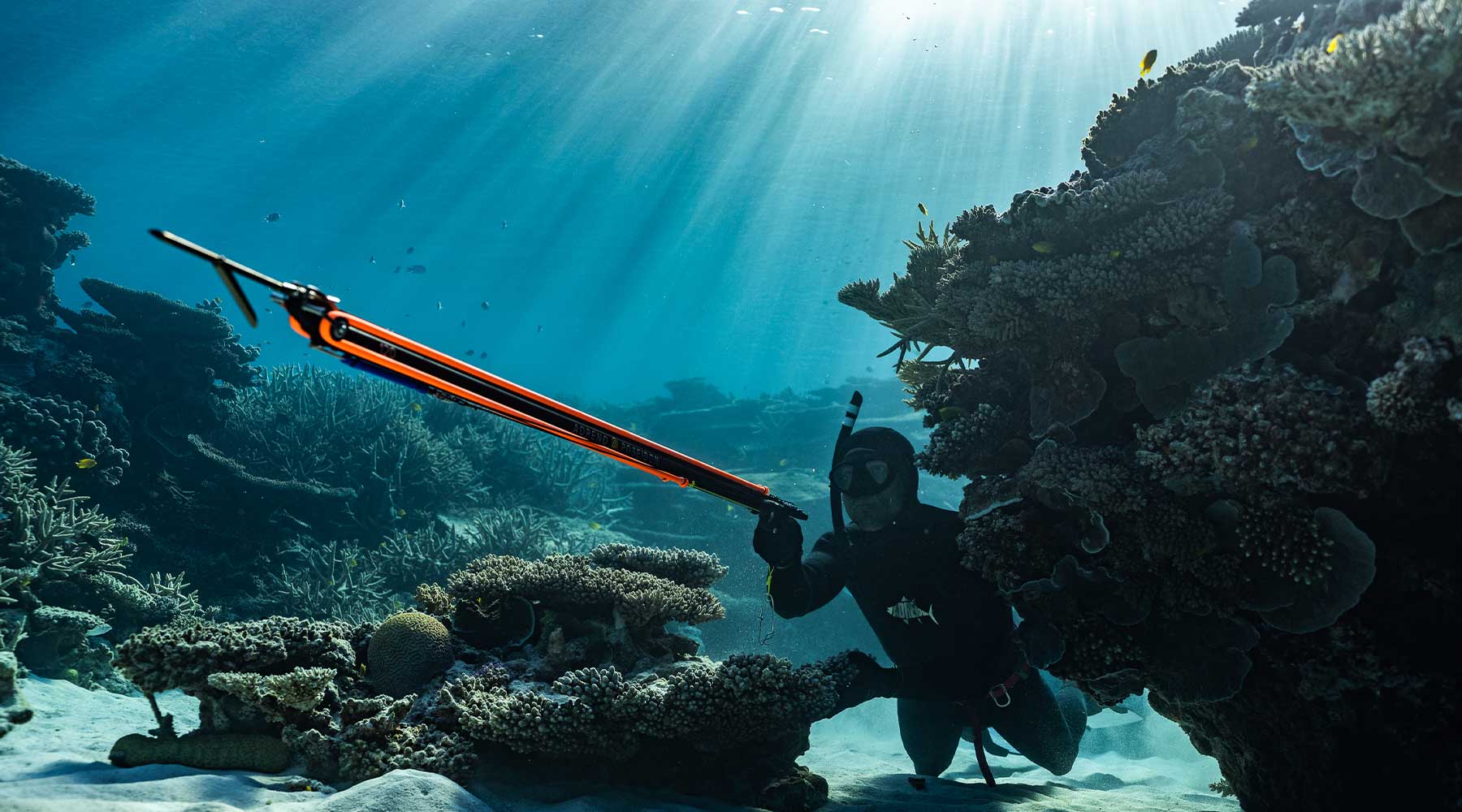
Spearguns
Choosing the best speargun for Australian diving is a tough choice because it implies you're looking to buy a single spear gun and we all know that isn't the case. In saying that the decision of which one to buy, regardless of your intended quiver size, is always a tricky one so below we'll run you through some key factors in making that decision easier. We'll cover everything from speargun types and materials to ideal lengths for targeting fish.
What is a Spear gun?
A speargun is an underwater fishing device designed to shoot a spear with enough force to penetrate the fish, this spearshaft is attached to the speargun either direclty to the tip with monofilament line, or to a reel spooled with Dyneema. Spearguns allow divers to target and capture fish in an efficient and eco-friendly way, it's like swimming up to a menu and picking your favourite fish for dinner.
Rubber-Powered vs. Pneumatic Spearguns
There are two primary types of spearguns: rubber-powered and pneumatic. Rubber-powered spearguns use a rubber powerband to propel the spear, while pneumatic spearguns rely on compressed air. Rubber-powered spearguns are generally quieter, easier to maintain and are far more customisable. Pneumatic spearguns are best used for situations where a short compact gun is needed like spearfishing in tight caves or ledges or travelling where space is at a premium. Pneumatic spearguns are more difficult to service and are a less customisable than rubber powered spearguns. Reloading a pneumatic speargun requires a special loading device where as a band-powered speargun just requires some elbow grease.
Railguns: Support Your Shaft
Railguns are a type of rubber-powered speargun that feature a rail or track along the barrel. This rail guides the spear, providing increased accuracy and stability during the shot. Railguns tend to be more accurate and user-friendly than other spearguns, making them a popular choice among spearfishers.
Muzzle Types: Open, Closed, and Roller Muzzles
When it comes to muzzle types, there are three main options: open, closed, and roller muzzles. Open muzzles offer faster loading and better visibility but require more skill to reload. Open muzzles will work with notched and shark fin shafts. Closed muzzles provide more stability and accuracy but can take longer to load and limit the use of shafts to notched style shafts. Roller muzzles use a pulley system for increased power and range but can be more complex and require additional maintenance and are often harder to load.
Speargun Materials: Timber, Carbon and Aluminium.
The material of your speargun is another important factor to consider. Timber spearguns are buoyant, quiet, and aesthetically pleasing but can be heavier and require more maintenance. Carbon spearguns are lightweight, h3, and durable but tend to be more expensive. Aluminium spearguns are affordable, lightweight, and corrosion-resistant but may be less durable than carbon over time.
Choosing the Right Speargun Length
The length of your speargun barrel should be determined by the visibility of your diving location and the size of the fish you're targeting. Longer spearguns are ideal for clear waters and greater distances, while shorter spearguns work best for murky waters or smaller fish. The most versatile length of barrel is 110cm as it can be used in almost all conditions found in Australia and packs enough punch to chase even large pelagic fish.
Now that you're armed with the knowledge of speargun types, materials, muzzles, and lengths, you're well-prepared for your spearfishing adventure. Consider your specific needs and preferences when selecting your speargun to ensure the best possible experience underwater.
Are you chasing a specialised speargun?
Shop for Roller Spearguns
Shop for Pipe Spearguns
Shop for Timber Spearguns
Shop for Rail Spearguns
Shop for Pneumatic Spearguns
Shop for Aluminium Spearguns
Shop online or pop into one of our Ocean Outfitters store located in Brisbane, Gold Coast, Sydney, Melbourne and Perth, to get your hands on Australia's best range of Spearguns.
Good luck, and happy spearfishing!



